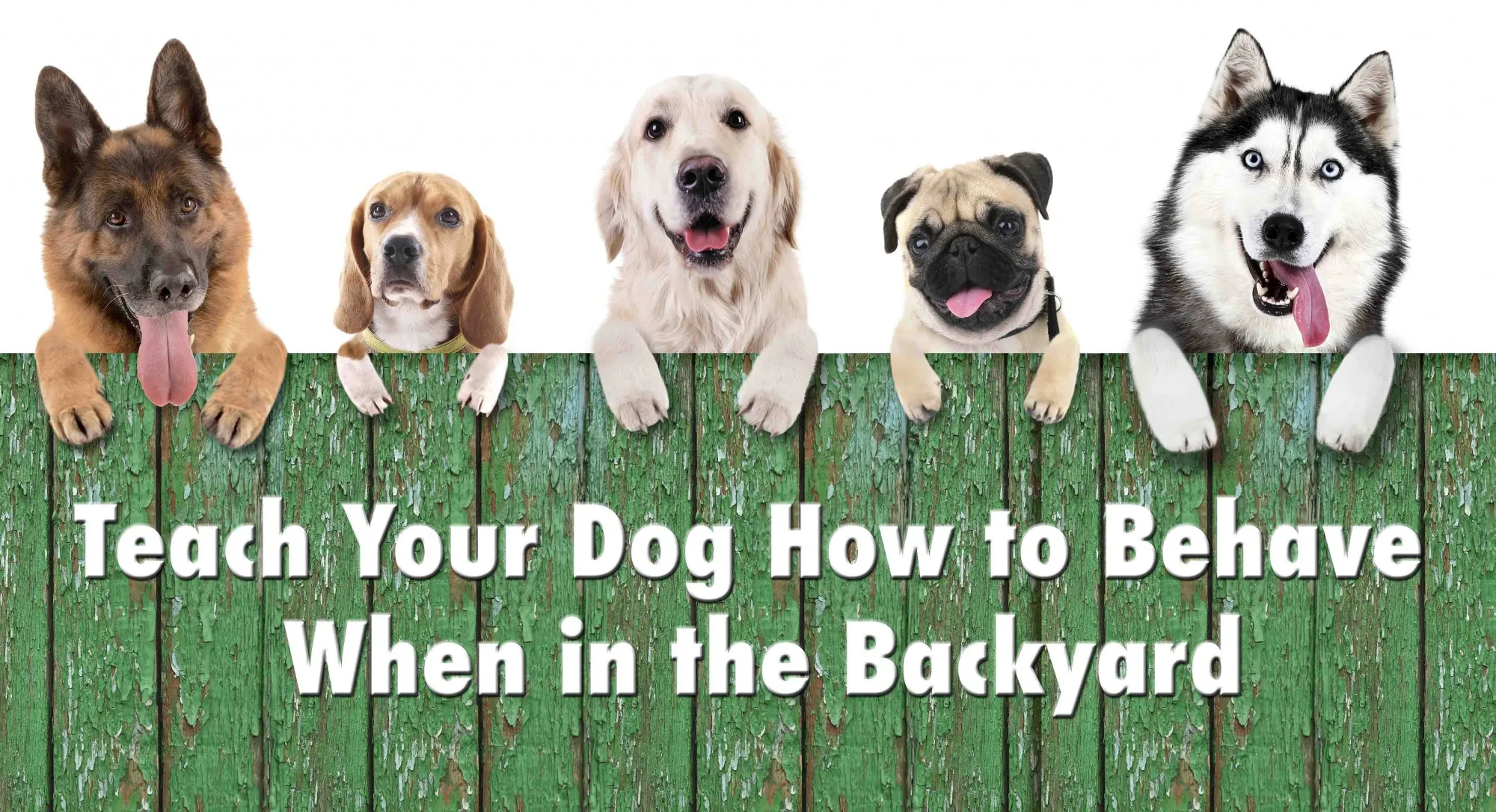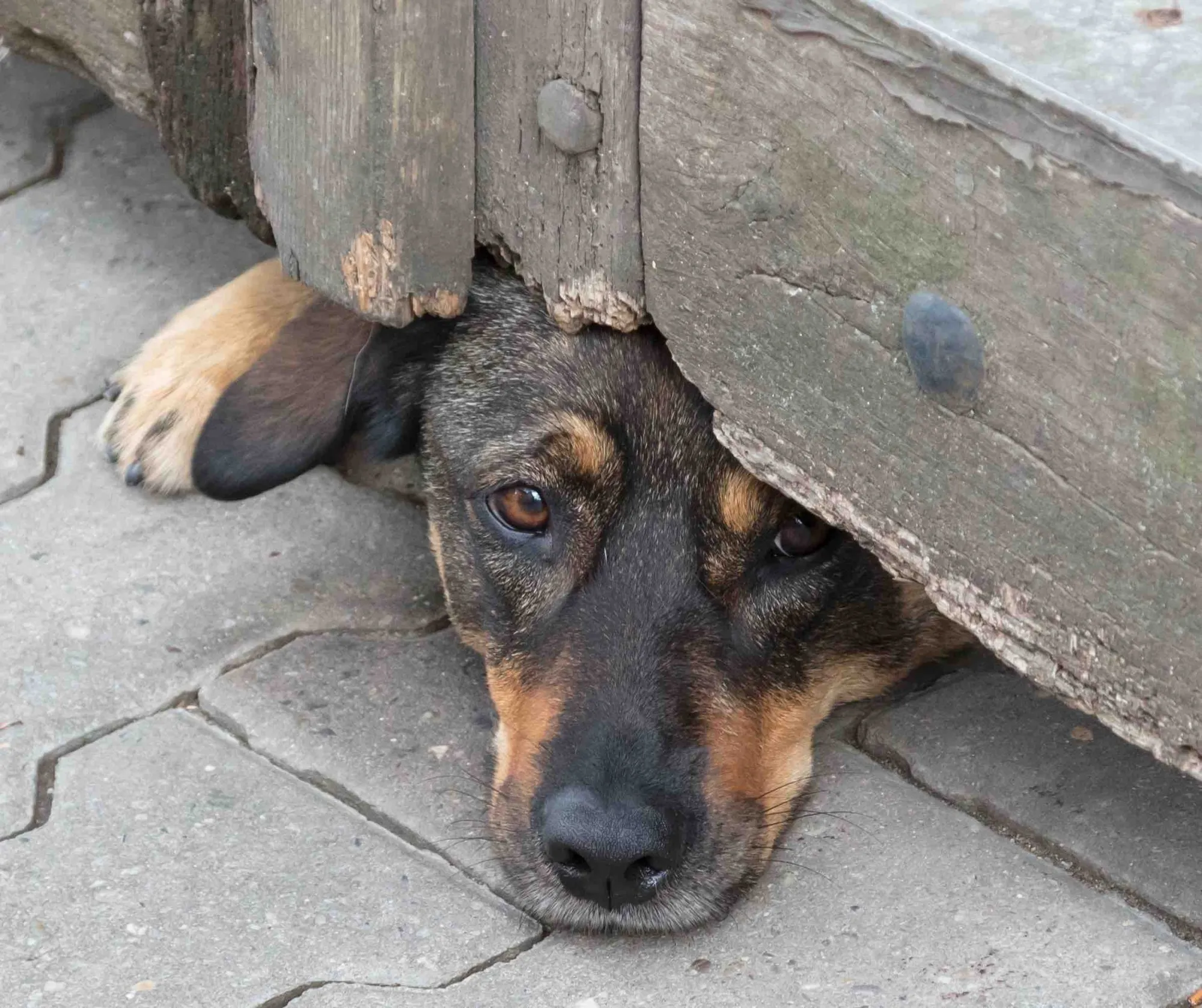Allowing your dog to spend time outdoors can enrich their lives, but it also comes with a unique set of challenges and potential dangers. Just as we establish a mistake-free environment inside our homes for new pets, it’s crucial to implement similar precautions and training strategies when considering how to train your dog to live outside unattended. Without proper management, dogs can develop undesirable behaviors and even face significant risks in an outdoor setting. This guide will walk you through essential steps to ensure your dog’s safety and good behavior when spending time in your yard.
Understanding the Risks of Unsupervised Outdoor Time
Many dog owners meticulously train their pets for indoor good manners, yet often overlook the equally vital need for outdoor behavior training. When left alone outside, dogs can quickly develop a range of undesirable and potentially dangerous habits. These include destructive behaviors like digging holes, chewing on outdoor furniture or even your house, and eating toxic plants or debris. More critically, dogs might learn to escape the yard, putting them at risk of injury, getting lost, or encountering other hazards.
Beyond behavioral issues, the dangers of leaving a dog unattended outside can vary significantly by location. In some areas, threats such as thieves, wild animals (coyotes, mountain lions, bobcats), venomous creatures (snakes, scorpions, fire ants), or even severe weather conditions pose serious risks. For smaller dogs, birds of prey can also be a concern. Furthermore, a dog left in a yard where passersby or other dogs are common can develop barrier frustration, leading to excessive barking or even aggression towards perceived threats outside their territory. It’s generally recommended that the safest place for a dog to be left unattended is inside your home.
The Foundation of Outdoor Training: Prevention and Positive Reinforcement
Successfully training your dog to live outside, even for short, supervised periods, hinges on the same principles used for indoor training: creating a mistake-free environment and teaching desired behaviors through positive reinforcement. This approach ensures your dog learns appropriate conduct, whether you are present or not.
Establish a Safe, Mistake-Free Zone
During the initial training phases, it’s imperative to prevent your dog from practicing undesirable behaviors when you’re not there to supervise. A large, escape-proof outdoor pen can serve as an excellent temporary solution. This pen should include a comfortable kennel with a bed, adequate shade, fresh water, a variety of toys, safe chews, enough room for movement and play, and a designated toilet area. A radio placed outside the pen can help drown out distracting noises, reducing the likelihood of barking. This controlled environment is a management tool to keep your dog safe while they learn to enjoy their outdoor time responsibly. It’s crucial to remember that this is a temporary measure, not a permanent living solution. If your dog suffers from separation anxiety, seek professional help from a positive reinforcement trainer.
Teach and Reinforce Desired Behaviors
Actively teach your dog what you want them to do while outside. This involves encouraging appropriate activities and generously rewarding good choices.
- Encourage Play with Toys and Chewing: Provide a variety of engaging toys and chew items specifically for outdoor use.
- Reward Calmness: Treat your dog when they settle on an outdoor dog bed or relax calmly in the yard.
- Positive Reinforcement for Good Choices: Offer praise, treats, and attention for any appropriate behavior, reinforcing that making good choices leads to positive outcomes. This helps avoid situations where a dog might learn to dig or bark to get your attention.
Constant Supervision and Redirection
When you are outside with your dog, maintain a close watch to interrupt any undesirable behavior as soon as it begins. This allows you to redirect your dog to a more appropriate activity before the unwanted behavior becomes ingrained. For example, if your dog starts digging, use a gentle sound to get their attention, then immediately engage them with a favorite toy. The goal is to always reinforce positive actions rather than punish negative ones. By consistently redirecting, your dog learns what is acceptable. Ensuring your dog understands how to manage their leash behavior can also be important for walks to and from their outdoor space how can i stop my dog pulling on his lead.
 Three dogs enjoying their time in a fenced backyard, demonstrating a safe outdoor environment
Three dogs enjoying their time in a fenced backyard, demonstrating a safe outdoor environment
Avoid Intimidation and Punishment
Using an angry voice or threatening punishment can be counterproductive. Dogs quickly learn that undesirable behaviors are only “wrong” when you are present. When you’re not around, they may feel free to engage in those same behaviors. A positive and intimidation-free approach ensures your dog behaves consistently, whether you’re watching or not. This builds trust and makes it easier to gauge when they are ready for more freedom outside. If you’re working on specific outdoor behaviors, like teaching your dog to relieve themselves outside, consistency and positive reinforcement are key how to get dog to poop outside.
Systematize Alone Time Outdoors
Once you feel your dog has a solid grasp of outdoor manners, begin leaving them alone for short, systematic periods. Start by watching them through a window or using a camera. Gradually extend the time they spend unsupervised. Crucially, go outside and interact with them often when they are behaving well. This teaches them that your presence isn’t linked to undesirable behaviors like digging or barking, but rather to their calm and appropriate conduct. For dogs prone to bolting, training them not to run out the door is a fundamental safety step for any outdoor access stop dog from running out door.
 A dog attempting to dig under a gate, illustrating a common escape attempt from a backyard
A dog attempting to dig under a gate, illustrating a common escape attempt from a backyard
Crates vs. Pens for Outdoor Management
While crates are excellent tools for car travel, vet visits, or providing a secure resting place during outings, they are generally not suitable for extended daily use, especially when it comes to teaching dogs how to live outside responsibly. A crate offers very limited choices: a dog can only stand up or lie down.
A large pen, on the other hand, provides ample space for a new puppy or rescue dog to move around and make choices. This includes deciding whether to rest in their kennel bed or on a cool surface, stretching their legs, and engaging with toys while you’re away. This freedom of choice not only benefits your dog by reducing boredom and frustration but also better prepares them for eventually having full freedom in your house or yard. Dogs that have opportunities to play and exercise in a pen when left alone are often less desperate for activity when their owners return. For active dogs who you might want to eventually run with, training them effectively also helps build stamina and obedience how to train a dog to run with you. Similarly, ensuring your dog doesn’t pull on the leash during walks can make all supervised outdoor time more enjoyable and safe train my dog to not pull on leash.
Conclusion
Teaching your dog to behave responsibly when spending time outdoors, even if it’s primarily to live inside, is a vital aspect of comprehensive dog training. By establishing a mistake-free zone, consistently reinforcing good choices, closely supervising, and avoiding punishment, you can equip your dog with the skills needed to be safe and content in your yard. Remember that prevention and positive reinforcement are the cornerstones of success, ensuring your dog develops healthy outdoor habits. If you encounter significant challenges like separation anxiety or persistent destructive behaviors, consulting with a professional positive reinforcement dog trainer can provide tailored guidance and support.
